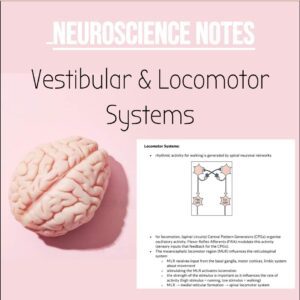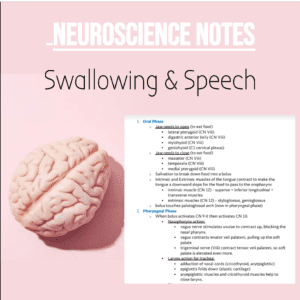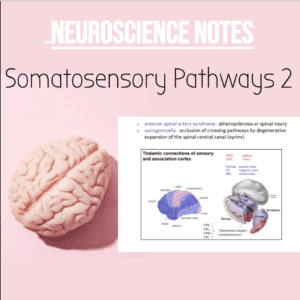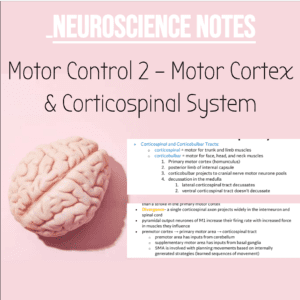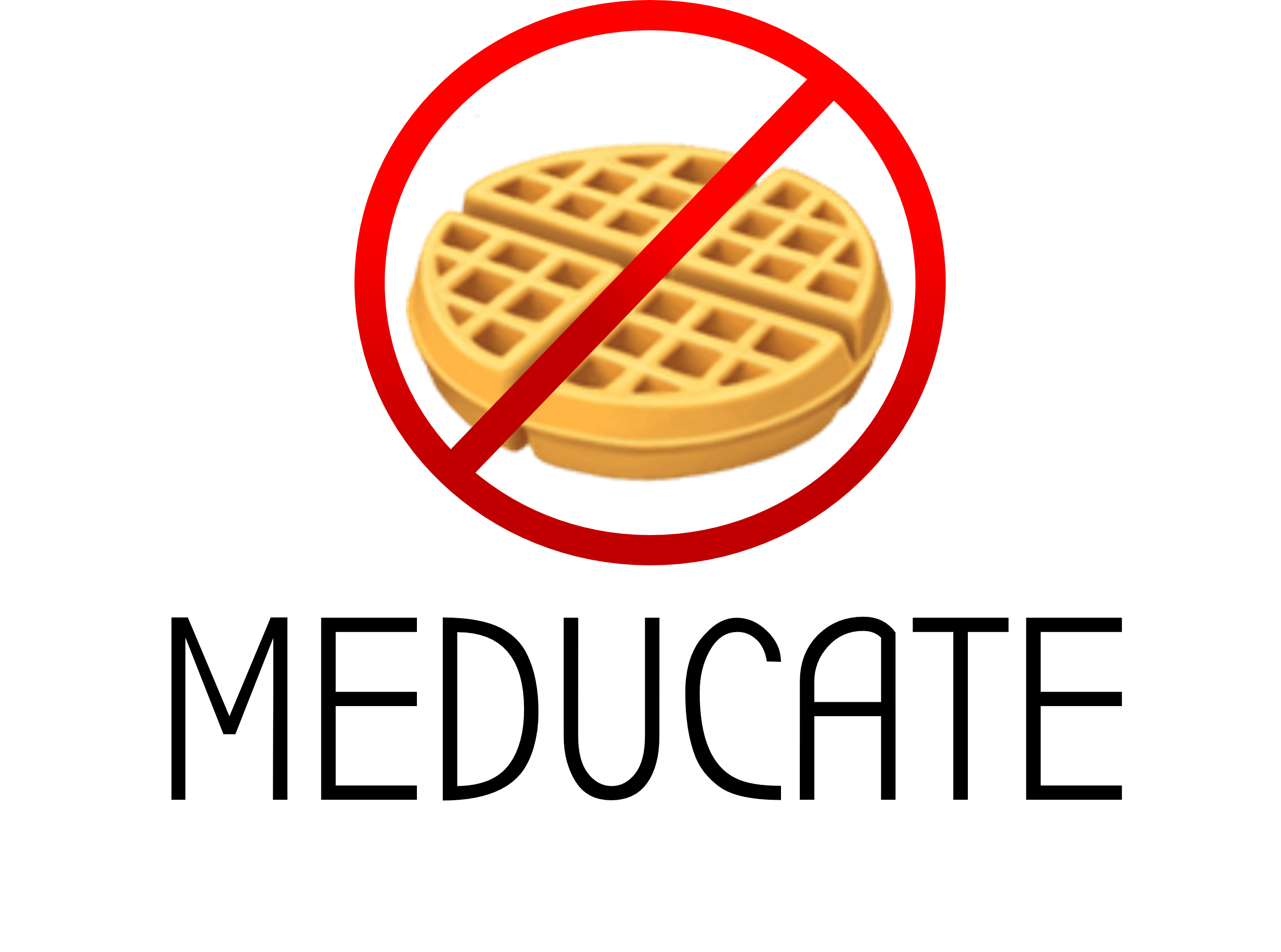 Notes: nsb neuroscience - Consciousness, Sleep and Coma
Notes: nsb neuroscience - Consciousness, Sleep and Coma
Similar resources:
Y2, Y2Notes, Y2 NSB, Neuro Notes, Neuroscience, Christopher Yeo, Chris Yeo, NSBMovement, NSBNeuro
N&B Neuroscience: States of
Consciousness, Sleep and Coma
EEG – Electroencephalogram
10-20 EEG electrode configuration:
• high density EEG recording uses 64 electrodes
• EEG recording can be bipolar or unipolar
o unipolar- recordings made against a single reference electrode or against
several electrodes within the array
o bipolar- reports voltage differences between electrodes
• EEG reveals summed activity of populations of cortical neurones. (electrodes
on the scalp detect thousands of neurones by summating their potentials and
they are then amplified).
• neurones have excitatory and inhibitory interactions. when one excitatory
neurone and one inhibitory neurone synapse with each other, a constant
excitatory input produces oscillatory activity in the loop.
o rhythms in the thalamus drive rhythms in the cerebral cortex via
oscillatory activity.
Wave Frequencies:
• Fastest (awake) (Gummy Bears Are Totally Disgusting)
o Gamma- concentrating
o Beta- alert and attentive (frontal and parietal lobes)
o Alpha- resting state (occipital lobe)
o Theta- children and sleeping adults
o Delta- infants and sleeping adults
• epilepsy- spikes on EEG
N&B Neuroscience: States of
Consciousness, Sleep and Coma
Sleep:
• a readily reversible state of reduced responsiveness to, and interactions with,
the environments
• Stages of Sleep:
o Awake – alpha and beta waves
o Non-REM Stage 1 – theta waves (can wake up easily)
o Non-REM Stage 2 – sleep spindles and K-complex
o Non-REM Stage 3 and 4 – delta waves (deepest sleep) (slow wave sleep)
o REM Sleep – beta waves (dreaming occurs)
o from being awake, subject goes through NREM stage 1-4 → NREM 4-1
→ REM → ‘repeats cycle’
o REM sleep increases duration through the night
o in REM sleep, only eye muscles and diaphragm are working, all other
body muscles don’t work (paralysed) (temp. control is lost, so drifts
down, heart rate and respiratory rate becomes irregular) (metabolic
activity of brain is higher than in awake sleep)
o sleep is for memory formation (REM and slow wave sleep)
o sleep manages the overall synaptic strength, maintaining changes
underlying memories of the day’s events.
• sleep and wakefulness are controlled by the diffuse modulatory systems of the
brain – the ascending arousal system:
o serotonin system
o dopamine system
o histamine system
o projections from the brainstem and posterior hypothalamus throughout
the forebrain
o ventrolateral preoptic nucleus inhibits the main components of the
ascending arousal system
o Orexin/ hypocretin neurones activate the main components of the
ascending arousal system. (orexin promotes wakefulness)
o lateral hypothalamus promotes wakefulness by inhibiting neurones in
the thalamus and preoptic area
o parabrachial nucleus, pedunculopontine tegmental nucleus, basal
forebrain- lesions in these areas cause complete loss of consciousness.
o Parafacial zone GABAergic neurones in the medulla induce sleep
o melanin-concentrating hormone (MCH) neurones in the lateral
hypothalamus innervate neurones in the brainstem that control REM
sleep.
• circadian rhythm trains our biological clocks based on light and dark to sleep.
o suprachiasmatic nucleus- a clock for the brain. receives input from the
retina for light/night cycle to maintain 24hrs cycle.
N&B Neuroscience: States of
Consciousness, Sleep and Coma
o lesions to suprachiasmatic nucleus destroys circadian rhythm, but light-
dark periods can still be detected and sleep patterns co-ordinate to
match them.
Sleep disorders:
• Central Sleep Apnoea- reduced central respiratory drive to diaphragm during
sleep. reduced airway. hypoxia and hypercapnia → wakes the patient
• Obstructive Sleep Apnoea- snoring. excessive relaxation of pharyngeal muscles
occlude airway. (overweight men)
• Narcolepsy- excessive daytime sleepiness. activity of orexin is reduced
• Encephalitis lethargica- inflammation/ lesion to posterior hypothalamus
(tubero-mammillary nucleus)
Glasgow Coma Scale:
highest score = 15
lowest score = 3
(MoVE, 6,5,4 – to remember GCS)
N&B Neuroscience: States of
Consciousness, Sleep and Coma
• epilepsy- seizure events that may occur throughout life
• partial seizures- involve limited brain regions and may produce sensory or
motor disturbances. (hippocampal involvement can produce deja vu or
unfamiliarity)
• general seizures- involve whole brain- fast onset.
• absence seizures- loss of awareness, maintained muscle tone (time and
memory loss for the seizure period)
• tonic-clonic seizures- loss of consciousness, all muscles contract, breathing
stops (tonic phase). muscle jerking, where injuries may occur (clonic phase).
time and memory loss for the seizure.
